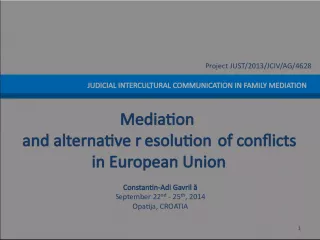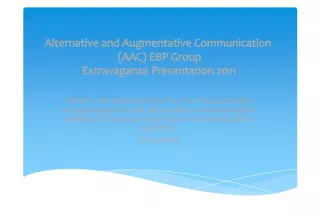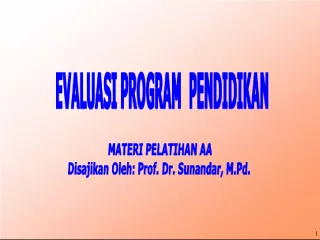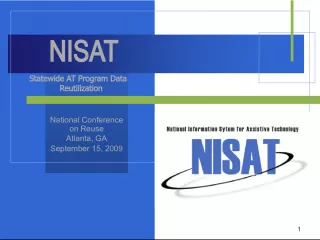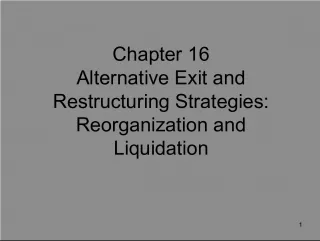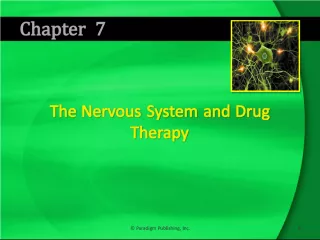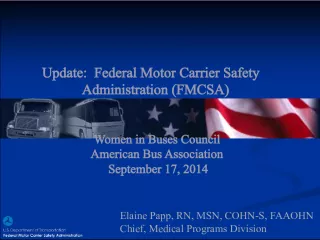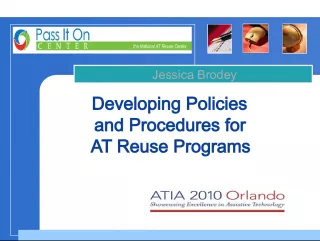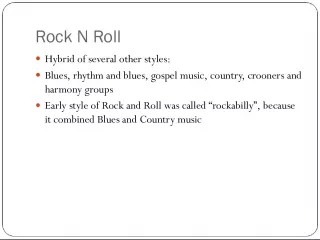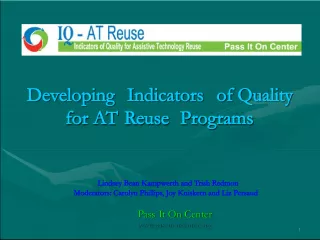The Rise and Popularity of Alternative Dispute Resolution (ADR) Programs


This article discusses the growing popularity of ADR programs, including informal conflict resolution, peer review, grievance complaint procedures, ombudsman services, mediation, and arbitration. It highlights the increasing number of ADR professionals and the utilization of mediation and arbitration by American corporations.
- Uploaded on | 0 Views
-
 ariyah
ariyah
About The Rise and Popularity of Alternative Dispute Resolution (ADR) Programs
PowerPoint presentation about 'The Rise and Popularity of Alternative Dispute Resolution (ADR) Programs'. This presentation describes the topic on This article discusses the growing popularity of ADR programs, including informal conflict resolution, peer review, grievance complaint procedures, ombudsman services, mediation, and arbitration. It highlights the increasing number of ADR professionals and the utilization of mediation and arbitration by American corporations.. The key topics included in this slideshow are ADR programs, informal conflict resolution, peer review, grievance complaint procedures, ombudsman services, mediation, arbitration,. Download this presentation absolutely free.
Presentation Transcript
1. Designing an Internal ADR Program Richard A. Posthuma, J.D., Ph.D., GPHR, SPHR 2010
2. Key ADR Topics Informal conflict resolution Peer review Grievance/complaint procedures Ombudsman Mediation Arbitration SHRM 2010 2
3. Popularity of ADR There are more than 20,000 ADR professionals in the U.S. The Federal Mediation and Conciliation Service now employs nearly 200 full-time mediators. The U.S. Postal Service conducts more than 10,000 mediations a year through its REDRESS program. The Equal Employment Opportunity Commission employs more than 100 full-time mediators to assist with employment discrimination cases. According to a 1998 survey by PricewaterhouseCoopers and Cornell University, 88 percent of American corporations had used mediation and 79 percent used arbitration in the previous three years. In addition, more than 84 percent said that they were likely or very likely to use mediation in the future, while 69 percent said the same about arbitration. SHRM 2010 3
4. Key ADR Topics Open-door policies may refer to: Informal conflict resolution. The entire in-house ADR program. A grievance procedure in a non-union workplace. SHRM 2010 4
5. Informal Conflict Resolution The most common method. No formal system, paper, procedure, etc. Often the most effective: Avoids escalation of conflict. Utilizes employee relations skills of supervisors and HR staff. Often used with more formal methods. SHRM 2010 5
6. Peer Review A process whereby workers at the same or similar level listen to employee complaints and give their recommendations, either binding or not. Not the same as 360 degree feedback which is a performance evaluation by your peers. SHRM 2010 6
7. Peer Review The process is somewhat formal: > Specific issue/complaint. > Meeting with peers. Anticipated benefits: > Peers more objective. > Results more acceptable. SHRM 2010 7
8. Grievance/Complaint Procedures Union or non-union. Government agencies in-house procedures. Relatively formal; forms, meetings, requests or demands, answers, etc. Non-union, private sector: > May be binding or not. > Pre-dispute or post-dispute. SHRM 2010 8
9. Ombudsman Historically: In 1800s, a Swedish public official who investigated government agency infringement of rights of individuals. Nowadays: An in-house staff person > Usually outside the normal chain of command > Attempts to resolve employee complaints usually informally, or by using an organizations resources. Practice Point: Sometimes this person is really a mediator or arbitrator. SHRM 2010 9
10. Mediation Third party > Mediator Informal Mediator tactics push employer and employee(s) to voluntarily agree. May be a necessary step before arbitration. SHRM 2010 10
11. Mediation Effective mediation tactics: Pressure Process Friendliness Avoid negative emotions Discuss alternatives SHRM 2010 11
12. Arbitration Third party > Arbitrator Semi-formal, trial-like hearing. Arbitrators decision is binding on the employer and employee(s). SHRM 2010 12
13. Types of Arbitration Grievance arbitration: > Under a collective bargaining agreement (union). > Used to determine if a collective bargaining agreement has been violated. Employment arbitration: > Also known as non-union grievance arbitration. > Used to resolve complaints about discrimination and other matters > An employer either permits or requires employees to file complaints to an arbitrator where there is no union. > Employers see this as a way to avoid litigation. Interest arbitration: > Used to determine the terms of a new contract. > Used by public-sector employees (police and fire), athletes, etc. SHRM 2010 13
14. Employment Arbitration Arbitration arises out of an agreement between employer and employee. Issues: > Valid waiver of right to sue. > Protection of statutory rights. SHRM 2010 14
15. Employment Arbitration Validity of Waiver: Statutory authority (FAA, Title VII, etc.); Circuit City v. Adams Pre-dispute Voluntary Knowing May arbitrate versus must arbitrate SHRM 2010 15
16. Employment Arbitration Protection of statutory rights: Arbitrators must be neutral and fair. > Hooters used arbitrators selected by the employer. Arbitrators must comply with applicable statutes. > But what standard? (Are they making law or applying law?) Arbitration agreement must provide fair procedures. Arbitration agreement must provide fair substantive remedies. Protection of public interest in a private setting? SHRM 2010 16
17. Employment Arbitration Employers may be able to avoid costly litigation with enforceable arbitration agreements. Enforcement of arbitration agreements is a tricky legal issue. > Consult your attorney for this and all ADR policy language. SHRM 2010 17
18. Best ADR Policies High User- Friendliness Low Low High Legal Enforceability SHRM 2010 18
19. Summary There are many types of in-house ADR programs. An effective policy may reduce litigation costs. Policies should be fair and legal. SHRM 2010 19

